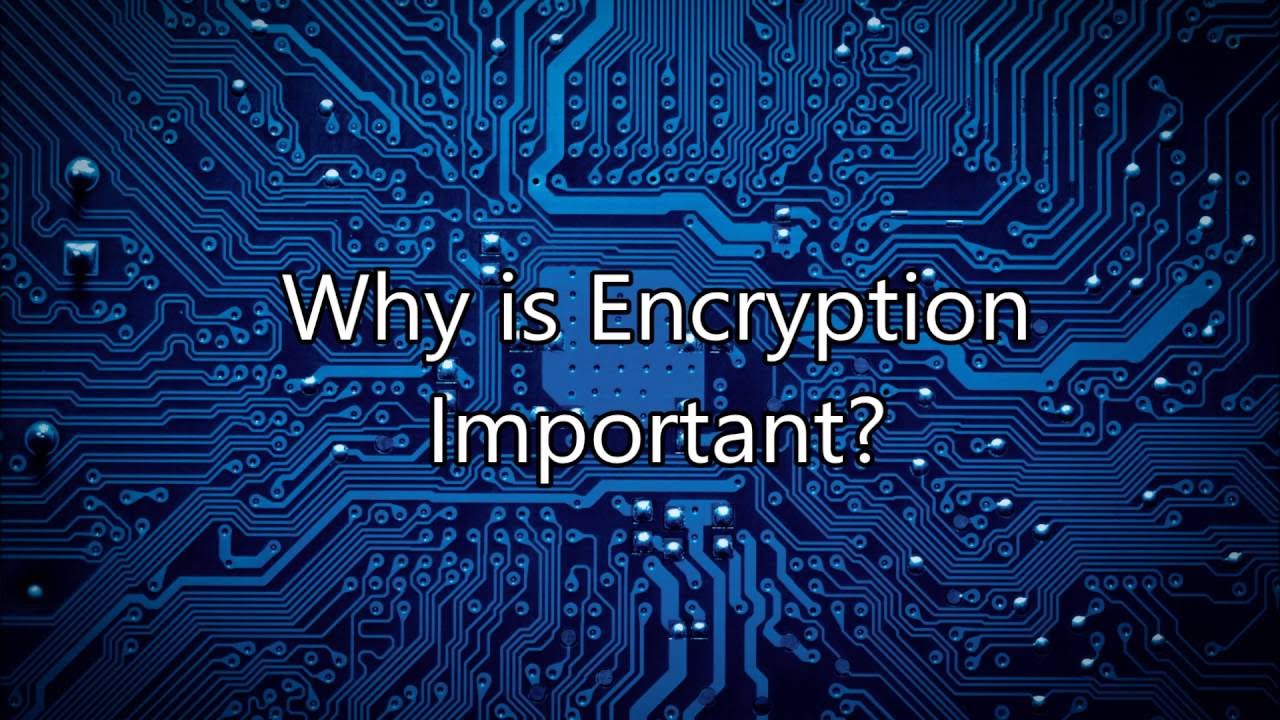
\( \eqalign \) is a certain permuted selection of bits from \( K \). if Alice wants to send the message "Hey Bob!" encrypted to Bob with a symmetric key cryptosystem, she first converts it into its integer representation and then into its binary representation: we have prepended an extra 0): CharacterĮ.g. It includes various functionality such as Expansion, Permutation, and Substitution, XOR operation with a round key.
#Des encryption full
It is a multi-round cipher that divides the full text into 2 parts and then work on each part individually. A part of the ASCII table from Wikipedia is listed in the following table (notice that the binary representation on the Wikipedia site is only seven bits but we use eight bits, i.e. What is DES It stands for Data Encryption Standard, developed in 1977. Therefore, we have to convert the characters into integers or bits before we apply the cryptosystem to the message.īecause a computer can only handle bits, there already exists a method for converting characters into integers or bits, that uses the ASCII (American Standard Code for Information Interchange) table. And symmetric key cryptosystems (Alice and Bob uses the same key) such as DES and AES are based on bitwise operations on bits (a bit is either equal 0 or 1 and is an abbreviation for binary digit).

There are mainly two categories of concerns about the strength of Data encryption standard. The algorithm uses a 56-bit key to encrypt data in 64-bit blocks. The algorithm is based on Feistel network. In cryptography we often encrypt and sign messages that contains characters, but asymmetric key cryptosystems (Alice and Bob uses different keys) such as RSA and ElGamal are based on arithmetic operations on integer. Read Discuss Data encryption standard (DES) is a symmetric key block cipher algorithm.


 0 kommentar(er)
0 kommentar(er)
